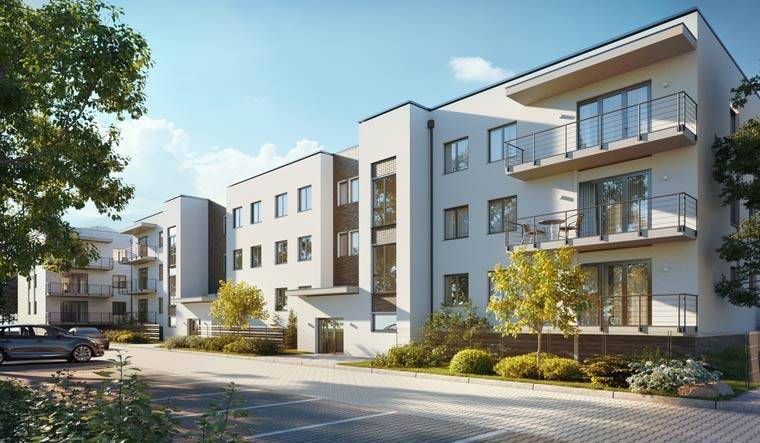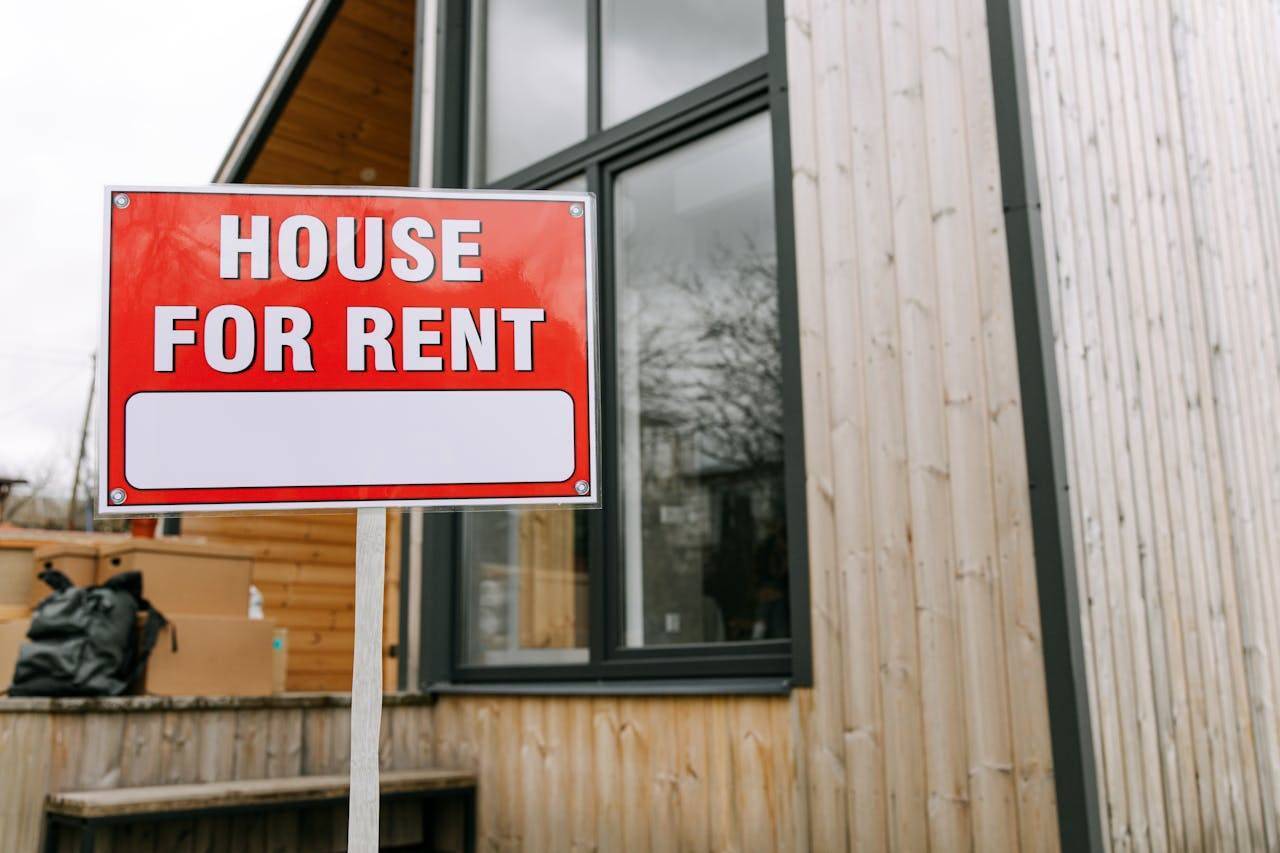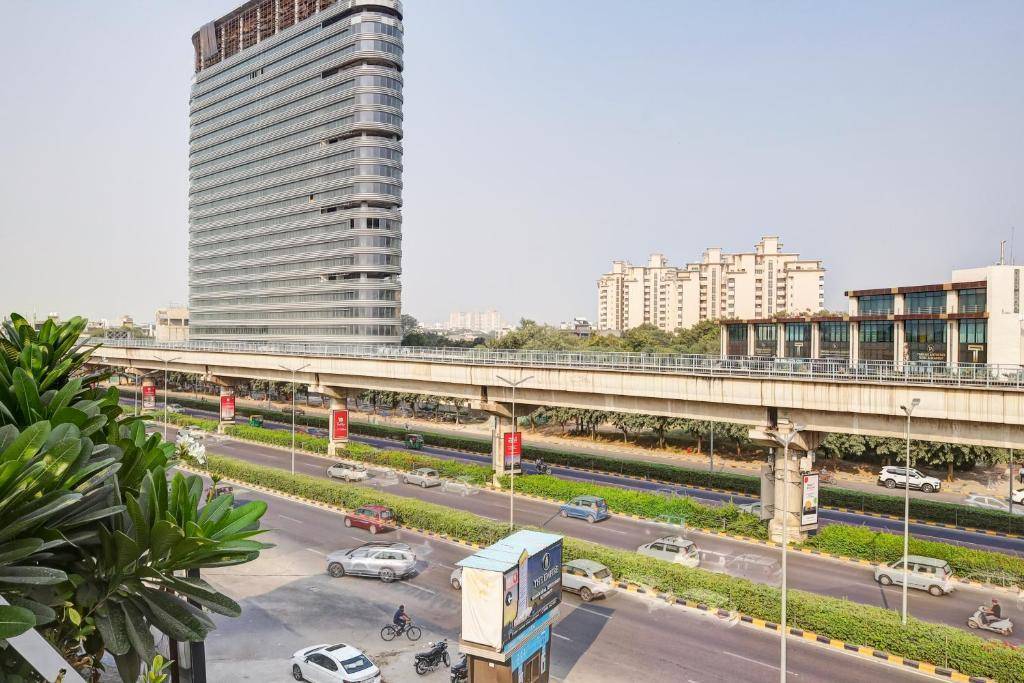According to a recent report by ANAROCK, the unsold inventory in Delhi-NCR has declined by 57% over the past five years, dropping from approximately 200,000 units at the end of Q1 2018 to around 86,420 units by the end of Q1 2024.
Regional Comparisons
Delhi-NCR's dramatic improvement stands out when compared to other regions across India. The Southern markets, including Bengaluru, Hyderabad, and Chennai, collectively saw their unsold stock reduce by 11% during the same period. Specifically, Bengaluru's unsold inventory decreased by 50%. In Western India, comprising Mumbai Metropolitan Region (MMR) and Pune, the unsold stock saw an 8% decline, from approximately 313,000 units in Q1 2018 to around 290,000 units in Q1 2024. Kolkata in the East performed impressively, with a 41% reduction in unsold inventory.
Factors Behind the Decline
One of the key factors contributing to Delhi-NCR's success is the controlled addition of new housing supply. Santhosh Kumar, Vice Chairman of ANAROCK Group, highlighted that developers in NCR have been careful not to oversupply the market. From Q1 2018 to Q1 2024, NCR saw a total new supply of approximately 181,000 units, significantly lower than the 607,000 units in the Southern markets and 842,000 units in the Western markets.
Additionally, regulatory interventions such as the Real Estate (Regulation and Development) Act (RERA), the Goods and Services Tax (GST), and the Special Window for Affordable and Mid-Income Housing (SWAMIH) fund have played crucial roles in revitalizing buyer confidence. These measures have helped streamline the market, ensuring greater transparency and protection for consumers.
The implementation of RERA, in particular, has been instrumental in bringing about a more regulated and transparent market. This legislation has mandated stricter compliance and accountability from developers, which in turn has boosted consumer confidence. The introduction of GST has also simplified the taxation process, making it easier for homebuyers to understand the cost implications of their purchases.
The SWAMIH fund, aimed at providing last-mile funding for stalled housing projects, has further enhanced market confidence by ensuring the completion of several pending projects. This intervention has been particularly beneficial in markets like Delhi-NCR, where several projects were previously delayed.
Detailed Analysis of Delhi-NCR
Within the NCR region, Gurugram holds the largest share of unsold inventory, with approximately 33,326 units as of Q1 2024—a 37% decrease over five years. Greater Noida follows with 18,668 unsold units, reflecting a substantial 70% reduction since Q1 2018. Ghaziabad has also seen a significant decline, with its unsold stock falling from 37,005 units in Q1 2018 to 11,011 units in Q1 2024, marking a 70% reduction. Noida's inventory dropped by 71% from 25,669 units to 7,451 units during the same period. The combined unsold inventory in Delhi, Faridabad, and Bhiwadi fell by 31%, from 23,038 units in Q1 2018 to 15,964 units in Q1 2024.
Gurugram's relatively large share of unsold inventory can be attributed to its status as a commercial and residential hub, attracting a steady influx of new projects. However, the significant reduction in unsold units indicates that the market is gradually absorbing this supply, driven by robust demand for both residential and commercial spaces.
Southern and Western Market Dynamics
The Southern market's relatively modest decline in unsold inventory is partly due to the high rate of new launches, particularly in Hyderabad, which saw its housing stock nearly quadruple over the past five years. This influx of new properties has kept the overall inventory high despite substantial sales.
Hyderabad's real estate market has been particularly dynamic, with a surge in both residential and commercial projects. The city's growing IT sector and improved infrastructure have attracted a significant number of homebuyers and investors, leading to a high rate of new launches. However, this rapid growth has also contributed to the relatively modest decline in unsold inventory.
In the West, both MMR and Pune have managed to reduce their unsold stock by 8%. Despite this reduction, these regions continue to grapple with a significant volume of unsold units, emphasizing the need for sustained demand and careful supply management.
The MMR region, encompassing Mumbai and its suburbs, remains one of India's most active real estate markets. The high property prices and steady demand for residential and commercial spaces continue to drive the market, but the significant volume of unsold inventory indicates that there is still a need for balanced supply and demand dynamics.
Market Outlook
The reduction in unsold inventory, especially in Delhi-NCR, indicates robust demand in recent years. This trend is driven by a growing preference for modern, luxurious, and integrated lifestyles among homebuyers. Mohit Jain, Managing Director of Krisumi Corporation, noted that the strong demand is likely to spur a wave of new residential projects, particularly in the luxury segment, catering to discerning buyers and investors.
Furthermore, the ongoing efforts to maintain a balanced supply and demand dynamic, coupled with regulatory support, are expected to sustain this positive momentum in the real estate sector. The successful implementation of these measures will not only enhance market transparency and buyer confidence but also contribute to the overall stability and growth of the real estate industry in India.
Conclusion
The significant reduction in unsold housing inventory across various regions, particularly in Delhi-NCR, reflects a healthier real estate market. Strategic control of new housing supply, coupled with regulatory measures, has played a pivotal role in this transformation. As the market continues to evolve, these developments are expected to pave the way for a more transparent, accountable, and consumer-friendly real estate sector in India.
This positive trend in the real estate market is likely to attract more investments, both domestic and international, further boosting the sector's growth. With continued focus on regulatory compliance and market transparency, the Indian real estate market is well-positioned for sustained growth and stability in the coming years.
Image source-theweek.in









.png)